Introduction to 2-Way Motorized Valves
A 2-way motorized valve is an essential component in managing the flow and regulation of fluids in various systems. These valves are pivotal in applications ranging from simple water supply to complex industrial processes. By integrating an electric motor, these valves provide precise control over the flow of media through a piping system, making them a versatile solution for numerous applications.
Types and Features
The variety of 2-way motorized valves includes models designed for specific functions and environments. Common types encompass ball valves, which offer robust sealing, and butterfly valves, known for their compact design. Each valve type is equipped with an actuator that facilitates remote operation, enhancing the efficiency of fluid management systems. The materials used in manufacturing these valves, such as brass, stainless steel, or PVC, are selected to ensure compatibility with the fluid type and to withstand operational pressures and temperatures.
Applications and Advantages
The application of 2-way motorized valves spans across various sectors. In residential settings, they are often employed in heating and cooling systems to maintain desired temperatures. Industrial applications are more diverse, including fluid control in manufacturing processes, water treatment plants, and automation systems. The primary advantage of these valves lies in their ability to automate processes, reduce manual intervention, and enhance system responsiveness.
Selection Considerations
When selecting a 2-way motorized valve, it is crucial to consider factors such as the valve size, the nature of the fluid, pressure ratings, and the type of control signal required. Understanding these parameters ensures the chosen valve meets the system's demands and operates efficiently. Additionally, the actuator's power source, whether AC or DC, must align with the available power supply.
Integration and Compatibility
Integrating a 2-way motorized valve into an existing system requires attention to compatibility with the control system. Valves with smart features, such as feedback signals, allow for seamless integration with modern automation systems, providing real-time data on valve position and operation status.
Environmental and Operational Efficiency
Environmental considerations are also paramount when implementing 2-way motorized valves. Energy-efficient actuators contribute to lower operational costs and a reduced carbon footprint. Moreover, the precise control offered by these valves aids in minimizing waste and ensuring optimal use of resources.
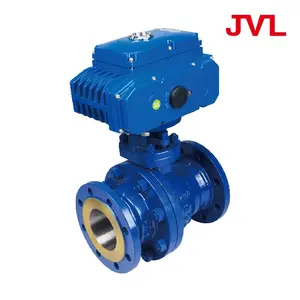





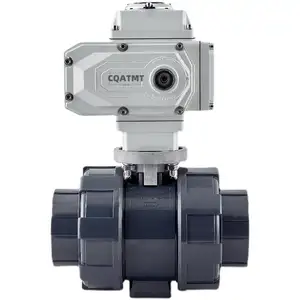




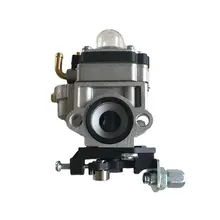




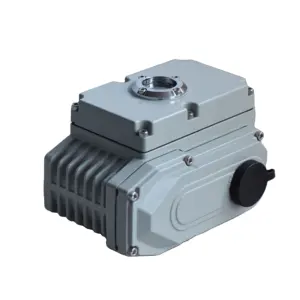
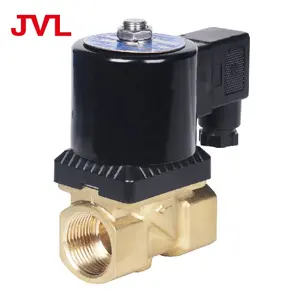
























 浙公网安备 33010002000092号
浙公网安备 33010002000092号 浙B2-20120091-4
浙B2-20120091-4